Post-purchase dissonance is a terrible psychological state that makes customers regret buying from you. It can be because of anything, expected or unexpected.
But the negative impact it has on customer retention and brand image is worrisome. As an eCommerce business owner, you must keep up with an upstream approach to such scenarios.
In this post, I’ll describe
Let’s get started.
What Is Post-Purchase Dissonance?
Post-purchase dissonance is the rush of negative emotions caused by unfulfilled expectations in an online purchase. This is related to a negative psychological state where customers think that they could have had a better deal.
The problem lies in the difference between the expectations of a customer vs how a product is advertised.
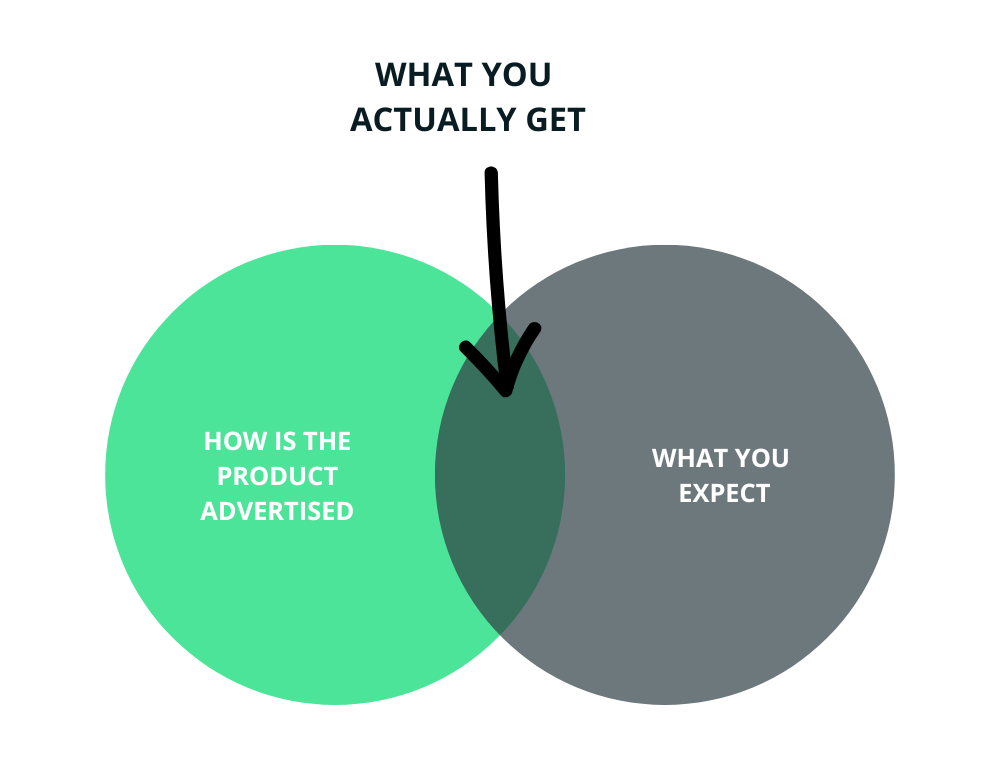
Product advertisement creates a certain kind of prototype or image in the mind of a customer. The customer expects a product to be of a certain kind, having certain features, delivered to him following a certain level of delivery standards.
Failing to meet such expectations causes negative feelings. It makes a customer feel that they could have gotten a better quality from any other store or they could get a cheaper option.
Mostly this happens with purpose-driven customers. Such customers or online buyers like to purchase from stores and brands that coincide with their purpose or values.
— and according to a survey conducted in 2022, 44 percent of consumers around the world are purpose-driven customers. This means the probability of this happening with your business is higher that needs you to be prepared.
What Causes Post-Purchase Dissonance?
The reasons for post-purchase dissonance could be anything, including
And that’s not it.
If your customers experiences any mishap in the buying or product delivery steps, the cognitive dissonance will proceed a step further, making them want to return the product.
That’s why you need to follow an upstream approach to post-purchase cognitive dissonance. A better solution in hand will help you improve the overall post-purchase behavior of customers — which will, in turn, help you in
To help you reduce post-purchase dissonance, here are some tips to get started.
7 Tips To Reduce Post-Purchase Dissonance In Ecommerce
Offer Detailed Information
One of the primary reasons for post-purchase dissonance is the unrealistic expectations of customers. Product advertisements are created to educate customers about the product, its features, and how it will help them.

However, merging it up with their own thoughts and expectations, which are not promoted or introduced by the seller or eCommerce store, is not right.
For such cases, sellers are encouraged to create knowledgeable product pages. Describing the product with all details helps you minimize the unrealistic expectations of customers.
Moreover, by providing detailed product information, you can let your customers know what they can expect. This way, you can greatly reduce the negative feelings that they might feel after product delivery.
Set Delivery Or Shipping Expectations
After making an online purchase, the customer expects that the product will be delivered within 2 to 3 days, at maximum. If, in any case, it gets delivered at a later date, it becomes a building block of a negative experience.
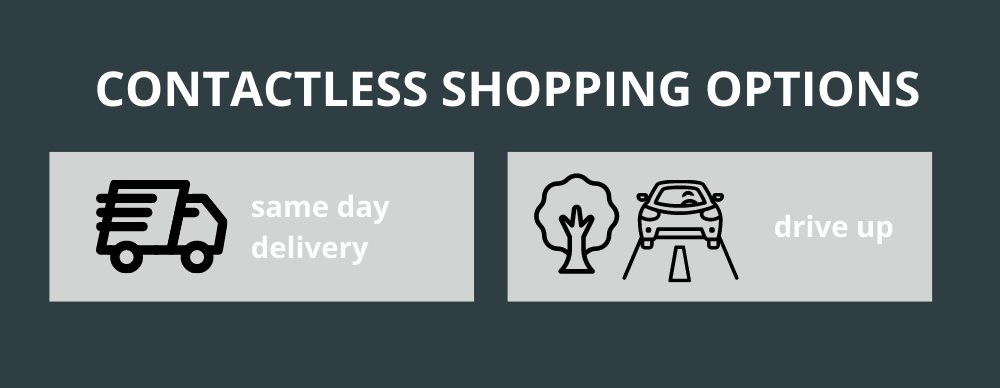
However, if you promptly communicate delivery time, and send updates on statuses like dispatched, in transit, out for delivery, will be delivered by today, or any other, it lets your customer know what’s happening and what they can expect.
Without conveying any updates about the delivery time or delay, you will build a communication barrier. Customers already expect fast deliveries. If not communicated on time, you might disappoint them without knowing.
The best way to keep it clear and simple is prompt communication about each status. On the checkout page, you can mention an estimated delivery time. This helps in adjusting their expectations.
Moreover, you should use a post-purchase email notification strategy to deliver timely updates about the delivery status.
Though meeting up the estimated shipping dates are a bit easier for online sellers. But if you have a dropshipping store, you might have to trust your supplier for this. But both can use automated email notification updates to keep customers posted.
Rush is the only app in the Shopify eCommerce system that lets you automate post-purchase email notifications. You can set the statuses and sub-statuses you want your customers to know about.
It also enables you to add other products for upsell and cross-sell and translate the notifications into up to 23 different languages.
Ensure Seamless Communication

Communication is key to success in eCommerce business, and it ensures a great customer relationship — which is not just about email updates. From order confirmation to shipment tracking, you can use multiple types of communications, including phone calls and messages.
A communication gap promotes frustration, which makes customers partially decline negative feelings. Even if it happens, you can revert it with prompt communication.
For example, back in 2020, during the COVID pandemic, shipping services joined hands with eCommerce sellers. They used SMS updates to inform customers about the delivery time with a friendly reminder of how much money they should get ready to pay.
It eliminates any sort of uncertainty and positively impacts post-purchase behavior.
Have A Clear Product Return Policy In Place
Disappointments are sometimes inevitable. We can prepare and keep everything better in our hands, but some uncontrollable factors, i.e., change of mind.
For this, you should have an easy-to-follow product return policy. If for any genuine reason, your customer doesn't want to keep the product, you should help them out with a return policy.
If they don’t find it useful, providing them with an option ensures a higher form of professionalism with a friendly approach. It builds trust, promotes a better brand image, and improves customer retention.
Provide Different Refund Options
Refunds can be painful. But making it easy for customers can save you from a bad review.
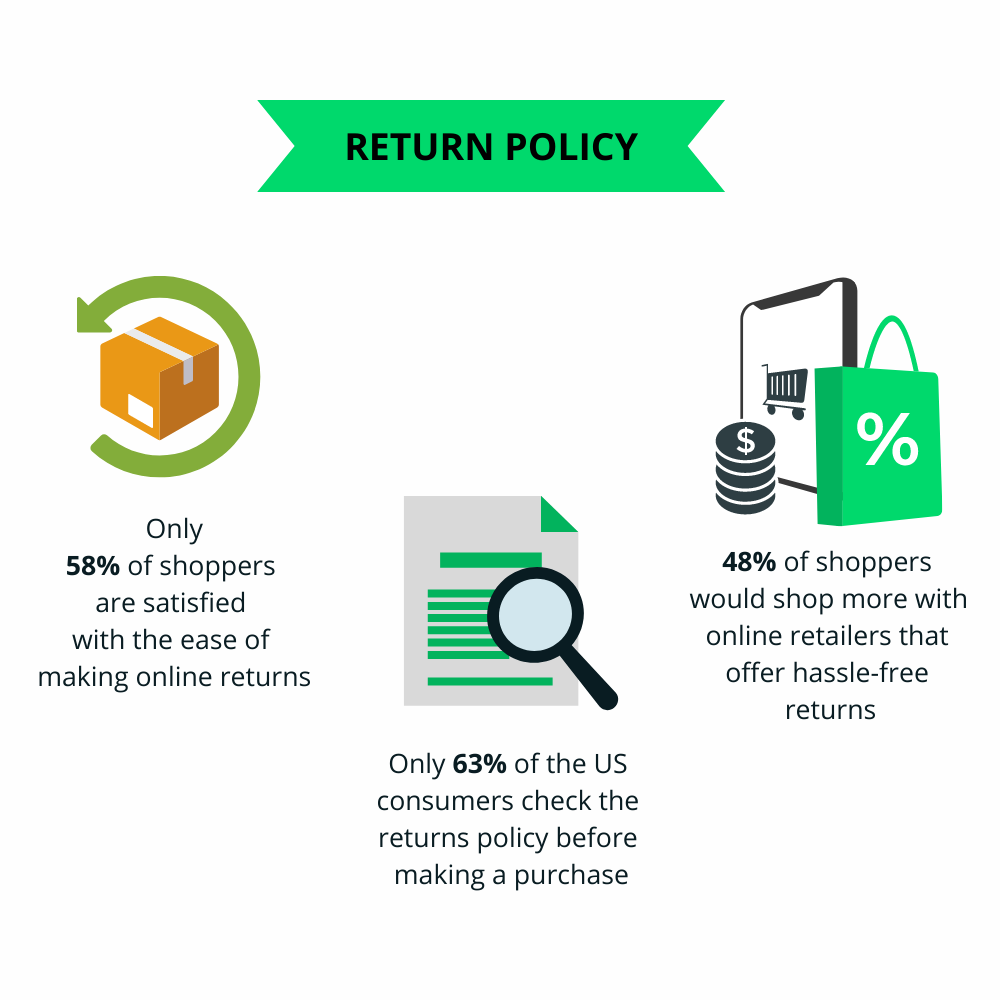
Many online stores do not disclose their refund policies, making them ambiguous to customers. Though it seems that it won’t be causing any issues, when a customer wants a refund, the unavailability of useful information worries them.
However, if you offer multiple refund options, your customers can select the suitable one for a steady process.
The benefits of having multiple hassle-free refund options include.
Analyze What Went Wrong
The best option to reduce post-purchase dissonance is by keeping an active approach to what’s causing the problem. The best way to find out the problem is by going through the process by yourself.
Putting yourself in the shoes of your customers will help you see through the problems they are facing. You will also get an idea of how things should be.
This is the same as black-box thinking used in modifications of airlines. In which you get to each minute detail of what has happened. Based on this data, you can devise corrective measures and critical control points to create a standardized process flow.
With that in mind, you should test each step of the buyer's journey through the post-purchase phase. This is the best way to figure out what’s causing the problem.
Improve Product Appearance And Quality

Product appearance is the foremost factor for high sales. eCommerce stores need to present products in an appealing and catchy way. However, it does not mean that you should photoshop product images.
If customers receive a damaged, broken, or different product than the one they wanted to purchase, they will be disappointed and would never like to come back to your store.
Photoshopped and edited product images can help you skyrocket your sales and overall revenue. But all of it won’t be sustainable. You might face backfire, negative reviews, and distrust in the arena.
Using the actual product image with details about color, size & dimension, weight, and other details could help you eliminate this situation. Getting what we have ordered at the right time makes us overjoyed — a straight road to positive reviews.
What Are The Most Common Examples Of Post-Purchase Cognitive Dissonance?
Negative Review
Negative reviews are not as simple as anger. They reflect an overall bad buying journey which frustrates your customers. Here is an example.

Source: Amazon.com
Such customers are less likely to come again and purchase anything from you. Moreover, they are more likely to spread the word about negative and unfriendly experiences.
Negative reviews are also a part of your seller profile. If a buyer likes a product, they want to know about the negative experiences of previous buyers.
Products with no negative reviews are considered as too good to be true and customers hesitate from buying then — unless they are newly launched.
Processing a Product Return
Product returns are another sign of post-purchase dissonance. It is a result of a negative feeling combined with a bad buying experience, that leads to requesting a return.
This creates a painful shift in a business’s profit margins — and requires a real solution.
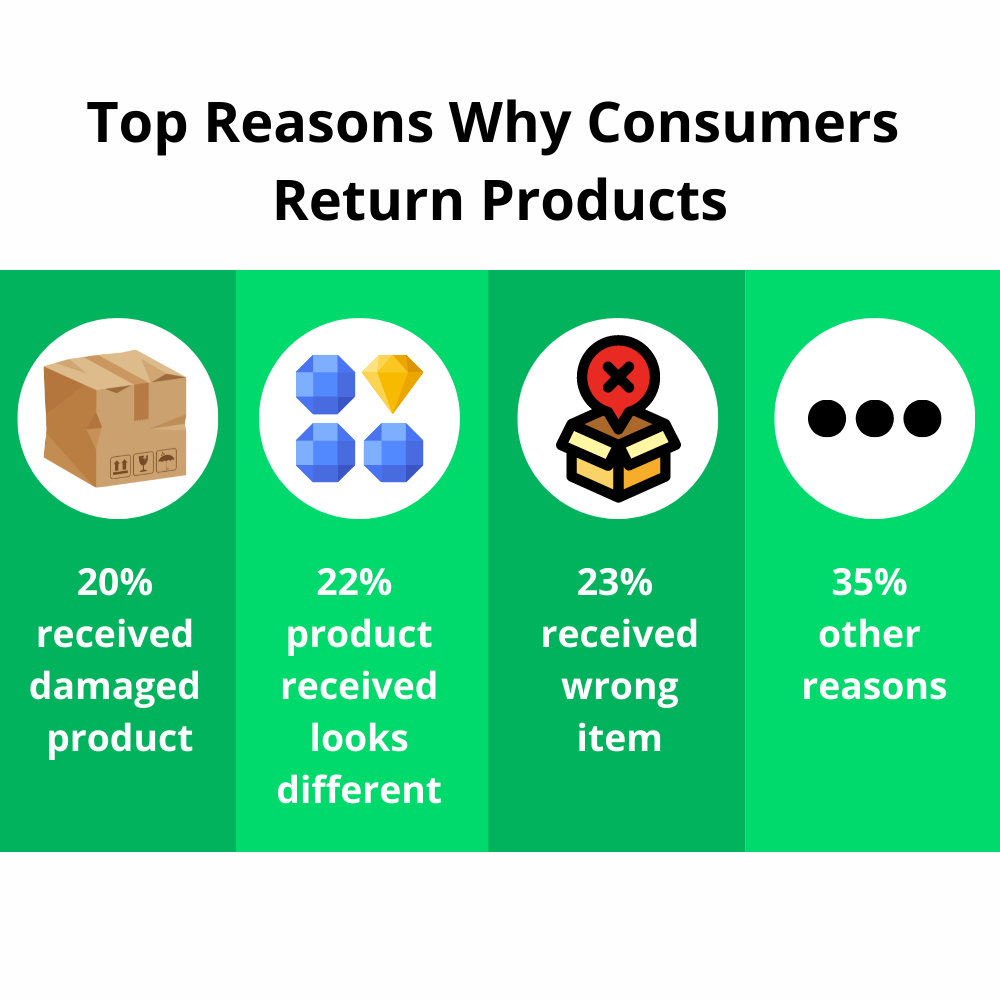
To prevent the product returns, you need to
This will alter the negative behavior and improve overall experience.
Why Does Post-Purchase Dissonance Matter?
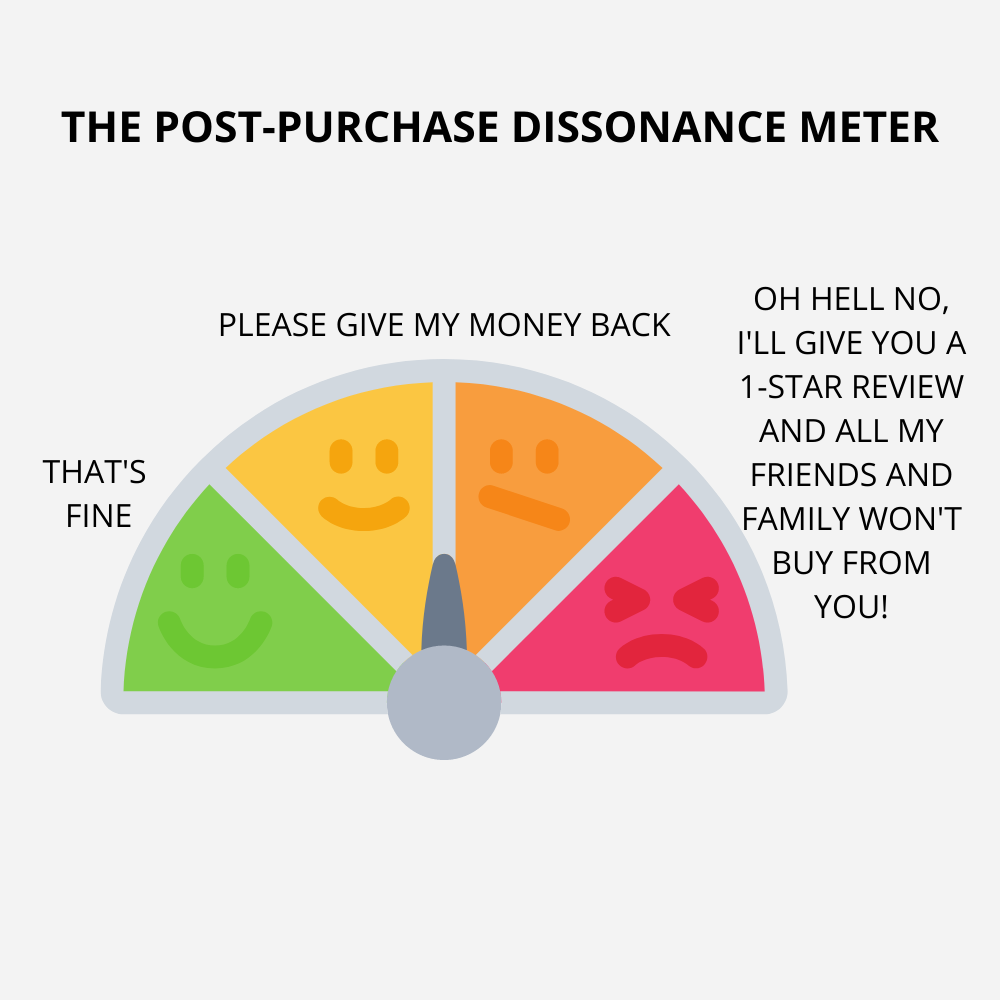
Buyer’s journey doesn’t end on the product delivery. You need to follow a series of steps to ensure that the customer is happy and would be interested in buying from you in the future.
However, if anything goes wrong, it can cause post-purchase dissonance that might become a nightmare for your business.
Unfortunately, the primary focus of several brands is acquiring new customers. They invest and engage in activities to attract new audiences. However, they fail to come up with a sustainable solution to customer retention and better post-purchase experience.
A little attention on post-purchase experience can help you
Reduce Post-Purchase Cognitive Dissonance with Rush
Optimizing your post-purchase eCommerce experience is not hard but challenging. You need the right tools to send order confirmation emails, delivery updates, upsell, and support. Plus, using each tool for them can make things tough.
Rush has everything you need to deliver an outstanding post-purchase eCommerce experience and address potential causes of post-purchase dissonance. You can handle order updates, shipment tracking, and product review collection from a single dashboard.
By integrating our Klaviyo automation solution into your Shopify store, you can engage with your customers during shipping and make extra revenue - on autopilot.
In addition, Rush's detailed analytics tool helps you with understanding your Shopify store's overall performance, making it the ultimate solution to reduce post-purchase cognitive dissonance.
Try Rush free for 14 days.
